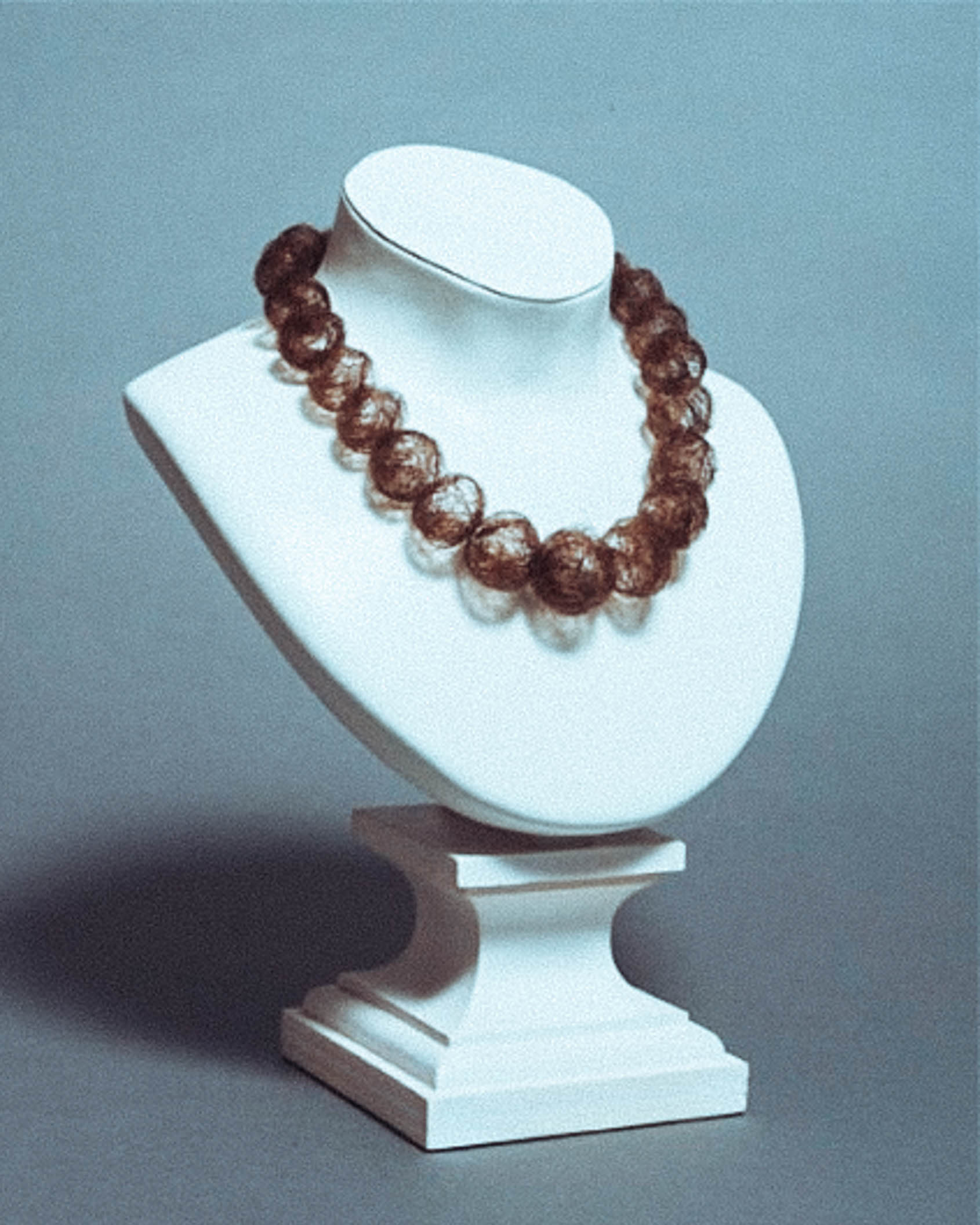
23 Apr Mona Hatoum Hair Art: A Tangle of Meanings
Mona Hatoum, a Palestinian artist born in Lebanon, has come to prominence for her provocative and poignant works that traverse the complexities of identity, home, and displacement. A recurrent theme in Hatoum’s work is the use of hair, an intimate and universally understood material, lending itself to various interpretations. This article delves into Hatoum’s use of hair as a medium, its philosophical connotations, and the dialogue it opens about body, identity, and the personal becoming political.
In Hatoum’s works, hair is not merely a medium, but a potent symbol laden with socio-cultural and personal significance (Tate, 2021). Hair has long been considered a marker of identity – associated with gender, sexuality, health, age, and even politics (Synnott, 1993). The artist exploits these embedded meanings to provoke thought, often eliciting discomfort and fascination in equal measure. For example, her piece ‘Hair Necklace’ (1995), where she fashioned a necklace out of her own hair, confronts the viewer with an object of beauty and adornment made from something considered repulsive when detached from the body.
The use of her own hair infuses an intimate element in her work, the personal implications of which are amplified when understood within the artist’s own displacement and identity as a Palestinian exile. Hair, as a piece of the self, becomes a poignant symbol of both presence and absence, highlighting themes of loss and exile (Merewether, 1997). This is strikingly evident in her piece ‘Keffieh’ (1993-9), where Hatoum crafted a traditional Middle Eastern headdress from her own hair, fusing symbols of personal and political identity.
Hatoum’s work invites reflections on the Cartesian dualism that separates the mind and the body. Hair, often seen as peripheral to the ‘self’, is central to Hatoum’s artwork, reiterating the philosophy that the body and mind are inextricable from one another (Schildrick, 2010). Her piece ‘Hair There and Everywhere’ (1994), a fine web of hair spanning across space, alludes to this interconnectedness of body and environment, self and other.
Hatoum’s hair art can be viewed within a feminist framework, where hair symbolises female domesticity and the traditionally feminine act of weaving (Parker & Pollock, 1981). In ‘Hair Grid with Knots’ (1998), for instance, she incorporates strands of hair into hand-made paper, creating a literal and symbolic interplay of delicacy and strength.
Mona Hatoum’s hair art intertwines personal, political, and philosophical strands. By choosing hair as her medium, she taps into the universal, socio-cultural meanings associated with it while infusing a unique personal narrative, thus stimulating an intimate and universal dialogue.
References
Merewether, C. (1997). ‘The Locus of the Other: The Art of Mona Hatoum’. Art AsiaPacific, 4(3), pp. 56-63.
Parker, R., & Pollock, G. (1981). Old Mistresses: Women, Art, and Ideology. London: Pandora.
Schildrick, M. (2010). The Body and the Text. In Critical Feminist Approaches to Eating Dis/Orders, pp. 1-14.
Synnott, A. (1993). The Body Social: Symbolism, Self and Society. London: Routledge.
Tate. (2021). ‘Mona Hatoum – Exhibition at Tate Modern | Tate’. Available at: https://www.tate.org.uk/whats-on/tate-modern/exhibition/mona-hatoum.

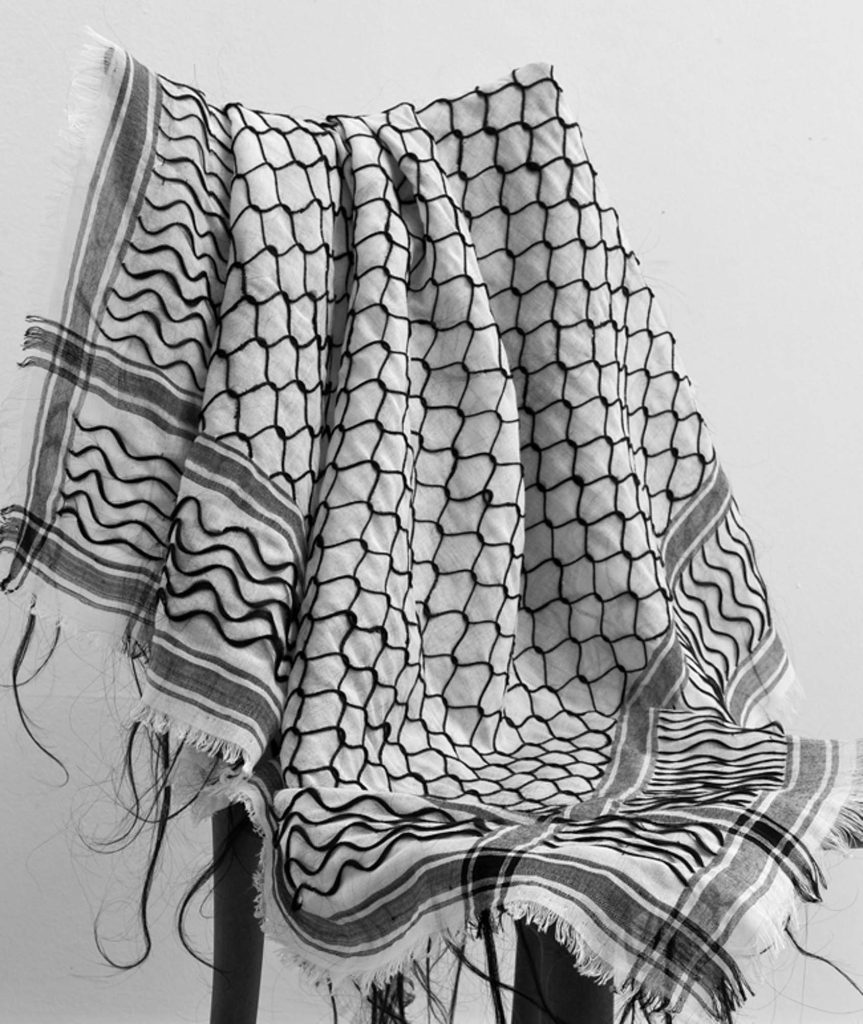
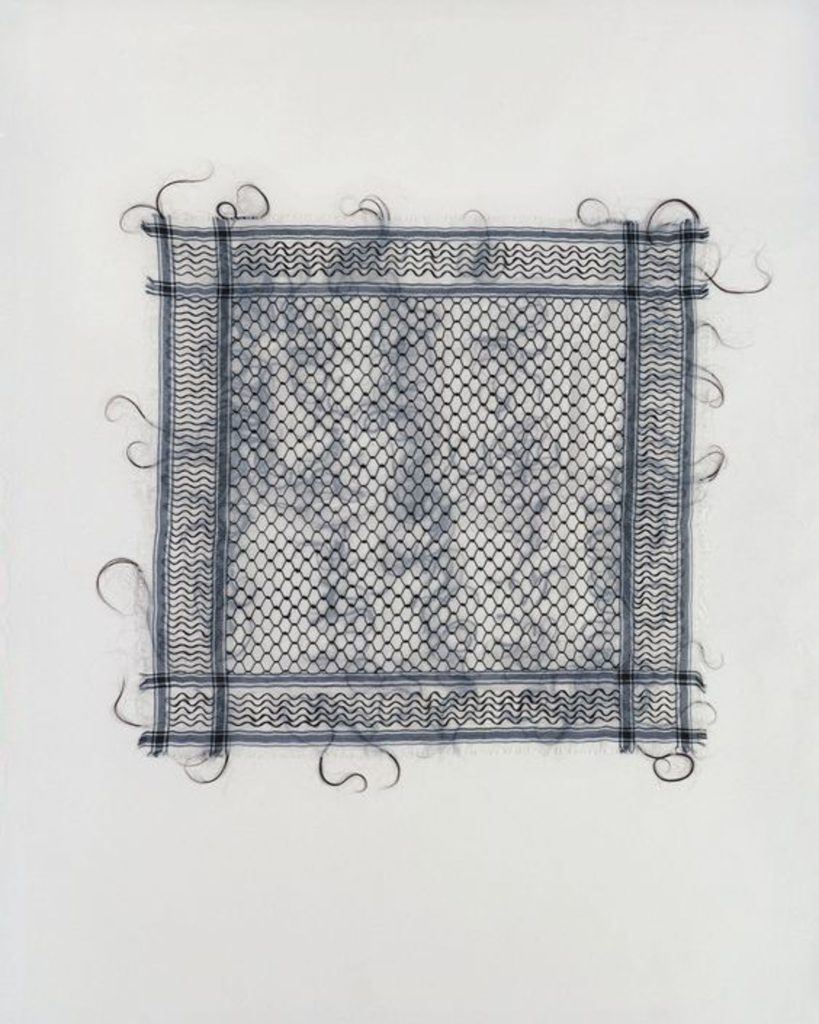
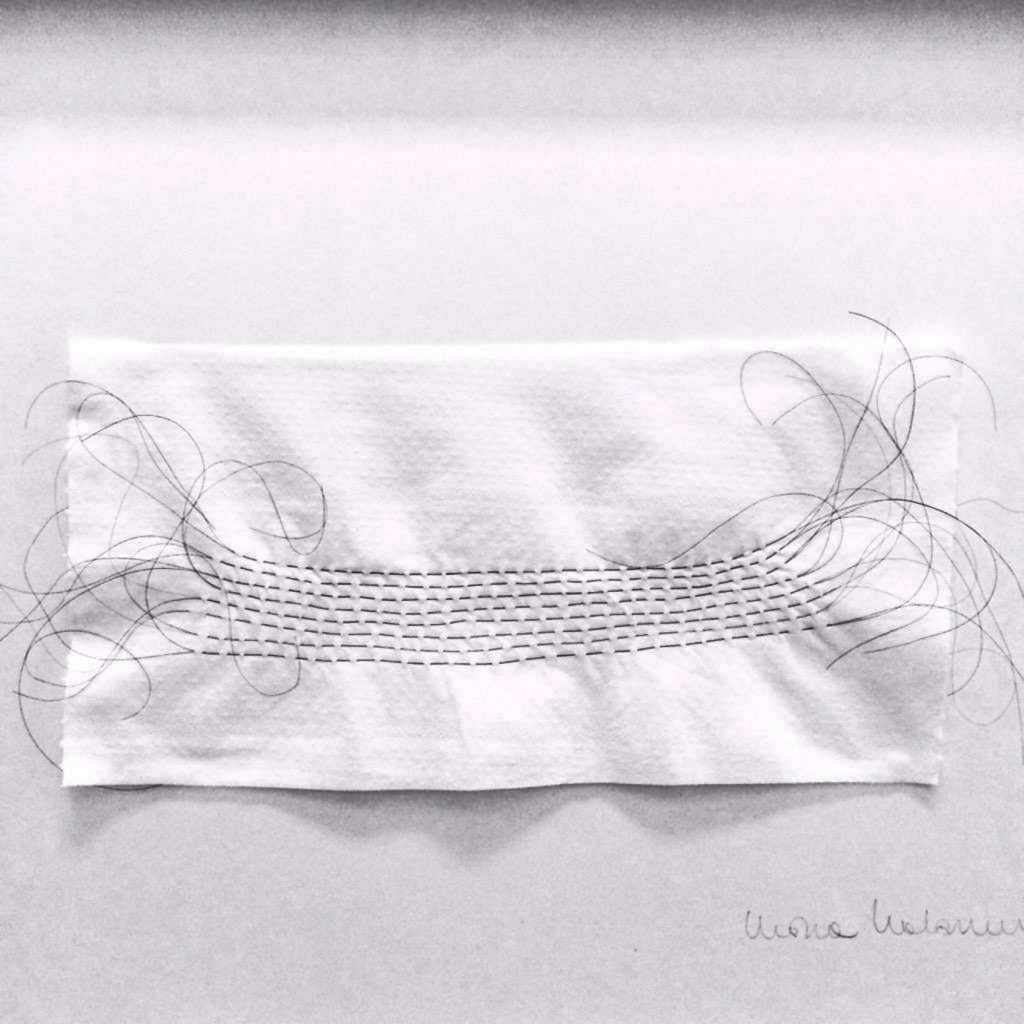
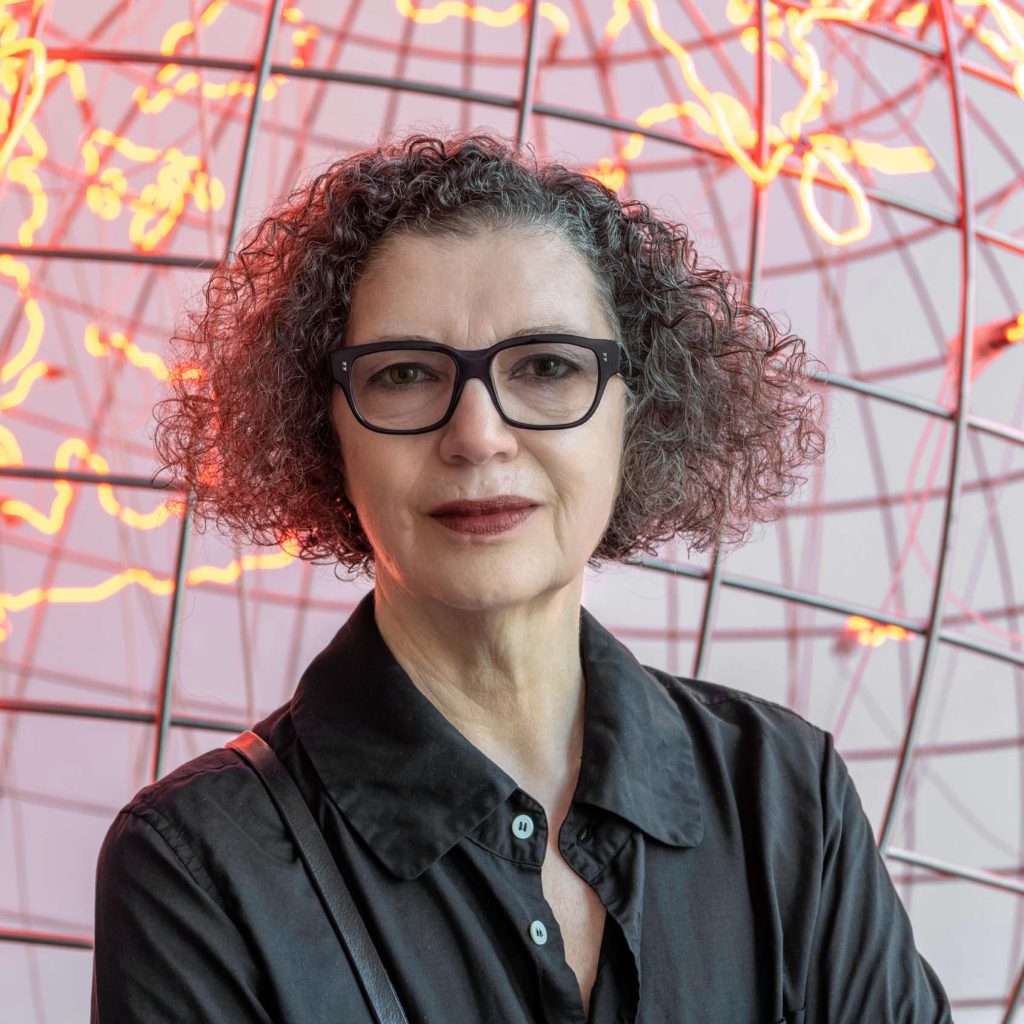
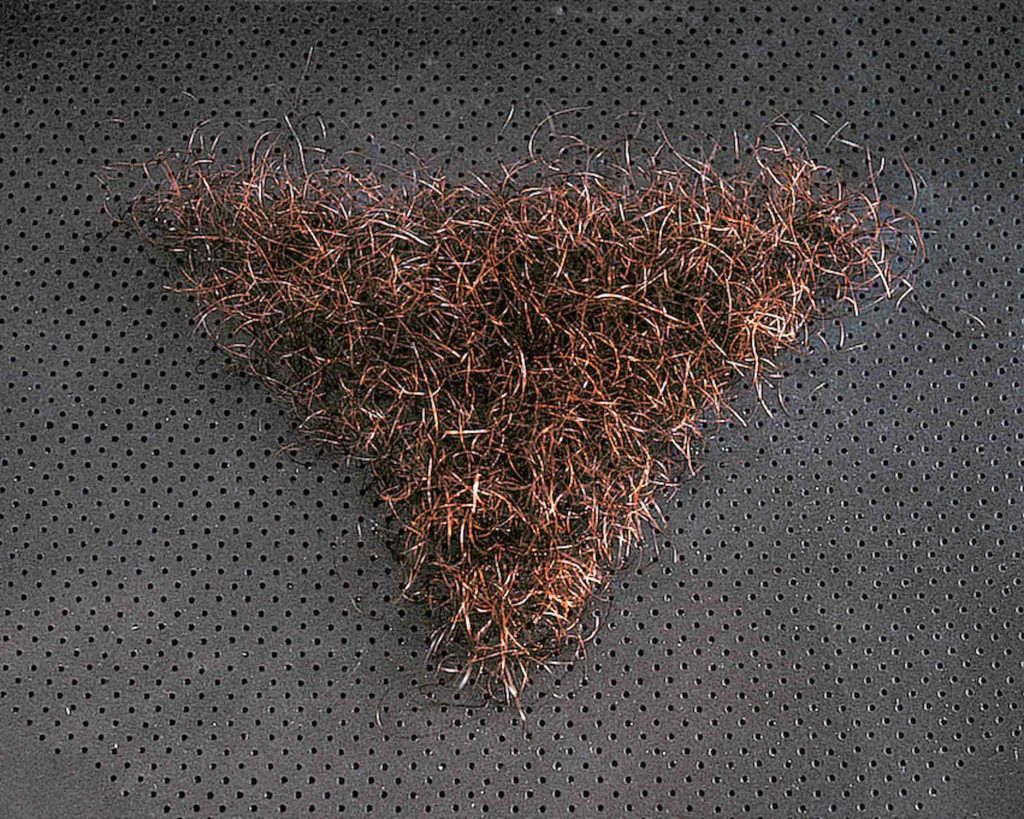
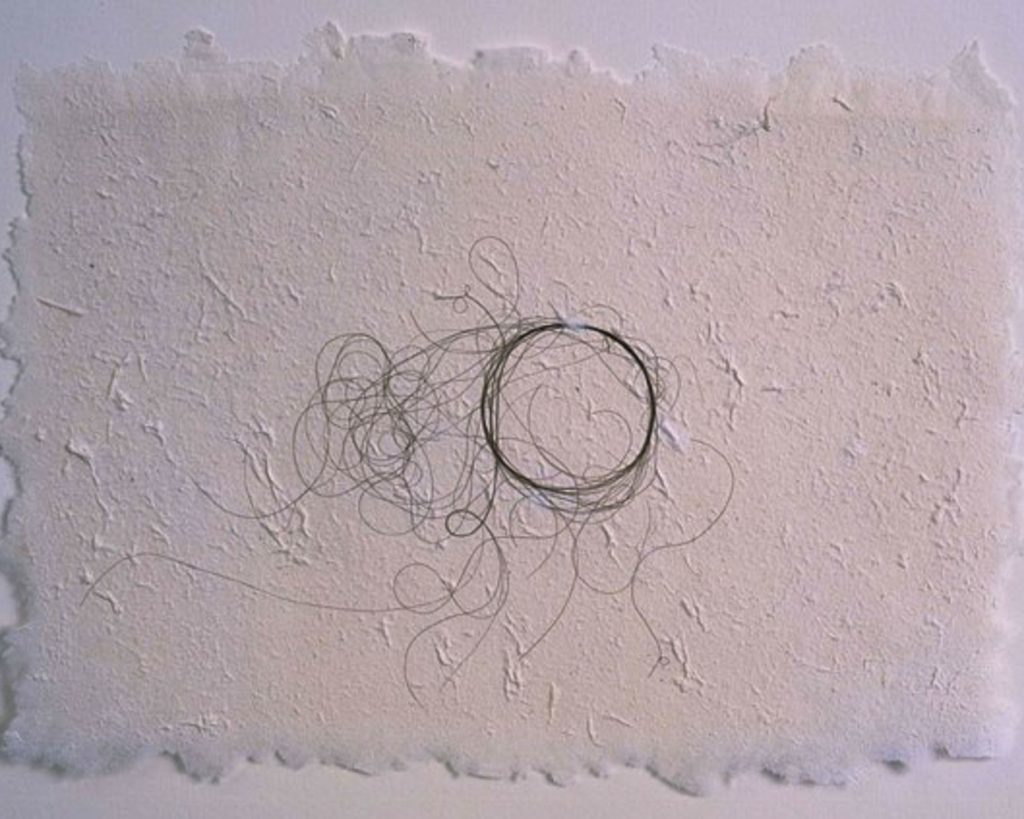
No Comments